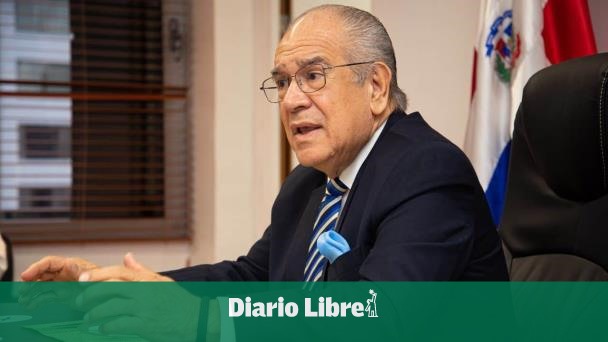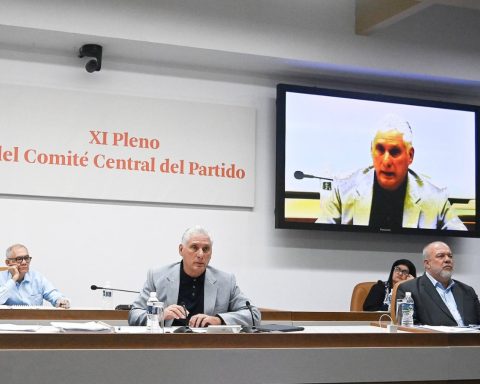The Executive Branch will define in the next few hours what will be the fuel prices that will govern from next October 1st.
A government source consulted by The Observerindicated that the evolution of reference prices in the US Gulf of Mexico —reflected in the Import Parity Price (PPI) calculated by Ursea — showed a new decrease for Super and Premium gasoline. This is the trend that has been observed since the beginning of September.
This scenario would give room for a new lowering of the price of gasoline to the public in the domestic market for the second month in a row.
In that sense, this Tuesday at a press conference, President Luis Lacalle Pou gave some clue and indicated that “some of the fuels would have the possibility of having a loss”, although he avoided going into further details.
The situation is more diffuse in the case of diesel. The PPI of this fuel had fallen in the previous monthly measurement, but not in sufficient magnitude to absorb the gap that it still maintains with respect to its value in the local market. Now, during the last month, diesel oil rose again in the international market, which the offset is still present.
In September there was a drop in the price of gasoline of $3 for the first time in the year when there was room for a reduction of $4 per liter, and that margin was used to avoid increasing diesel, which should have become $1.3 per liter more expensive if projections based on PPI were followed.
That is a strategy that the government could manage again in its menu of options: lower gasoline less to avoid raising diesel. Another option is to follow what the rule says and increase the diesel. Lacalle Pou will have the last word once the economic team analyzes the numbers.
The Regulatory Unit for Energy and Water Services (Ursea) approved this Tuesday the PPI report that will be one of the inputs used by the Executive Branch together with Ancap’s financial projections for the remainder of the year.















